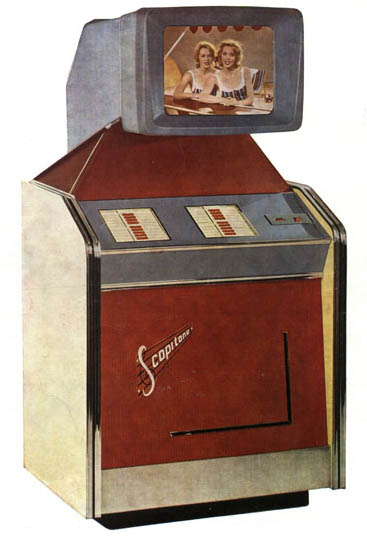We are all presented with the same media texts but we consume it differently. We use media to accommodate how we are feeling for example we listen to sad songs if we are feeling sad or we will watch sad films to match how we are feeling.
The uses and gratification theory are an active theory. We are the audience and we have choice. The uses and gratification model represented a change in thinking. The model looks at the motives of the people who use the media.
The theory makes the audience active as they choose what they want to consume/watch for example you only watch the films you want as you are in control. The media simply creates the product. The theory argues that audience needs have social and psychological needs which generate certain expectations about the mass media and what they are exposed to. The 4 needs are;
- Surveillance
- Personal identity
- Personal relationships
- Diversion
Surveillance
Based upon the idea that people feel better having the feeling that they know what is going on in the world. For example the news about awareness.
Personal identity
Understand who we are and how being a subject of the media allows us to confirm the identity and positioning ourselves within society and where we fit in.
Personal relationships
Personal relationships are in two sections;
- Relationships with the media
- Using the media within relationships
Using media as a companionship and we can form a relationships with the media. For example a favourite TV show with someone or having in common the same favourite TV programme which will help within a relationship.
Diversion
Use the media to divert ourselves and watching TV so we can forget about our lives. Using diversion to forget about our own problems and that we are more interested in someone else's to make yourself feel better.
Stuart Hall - Reception theory
The reception theory states that the media texts are encoded by the producer meaning that whoever produces the text fills the product with values and messages. The text is then decoded by spectators. Different spectators will decode the text in different ways.
Producers encodes message/meaning;
Stuart Hall - Reception theory
The reception theory states that the media texts are encoded by the producer meaning that whoever produces the text fills the product with values and messages. The text is then decoded by spectators. Different spectators will decode the text in different ways.
Producers encodes message/meaning;
- Dominant or preferred
- Negotiated
- Oppositional
Dominant
The reading of a text is that the audience view the media texts in the way that producers intended. The audience agree with the ideology and messages behind the text.
Dominant understanding of your product?
- Clear messages
- Audience is the same ages so relates to product(uses and gratification)
- From the same cultures
- Easy to understand narrative in relation.
Negotiated
The audience understand the messages from the text that it is being intended however they still have their own opinion even though they can see the point being made in relation to the reading.
Negotiated reading of your product?
- The audience may not have had the same life experiences
- Age may vary the reading and understanding
Oppositional
The audience rejects the preferred reading and creates their own reading of the text as they don't agree with the messages created from the audience.
Oppositional reading of your product?
- Your product has controversial themes
- Disagree with the messages in the video
- Dislike the genre (uses and gratification)
- No understanding
- Not reflective of society
- Difficult cultures have different understanding



